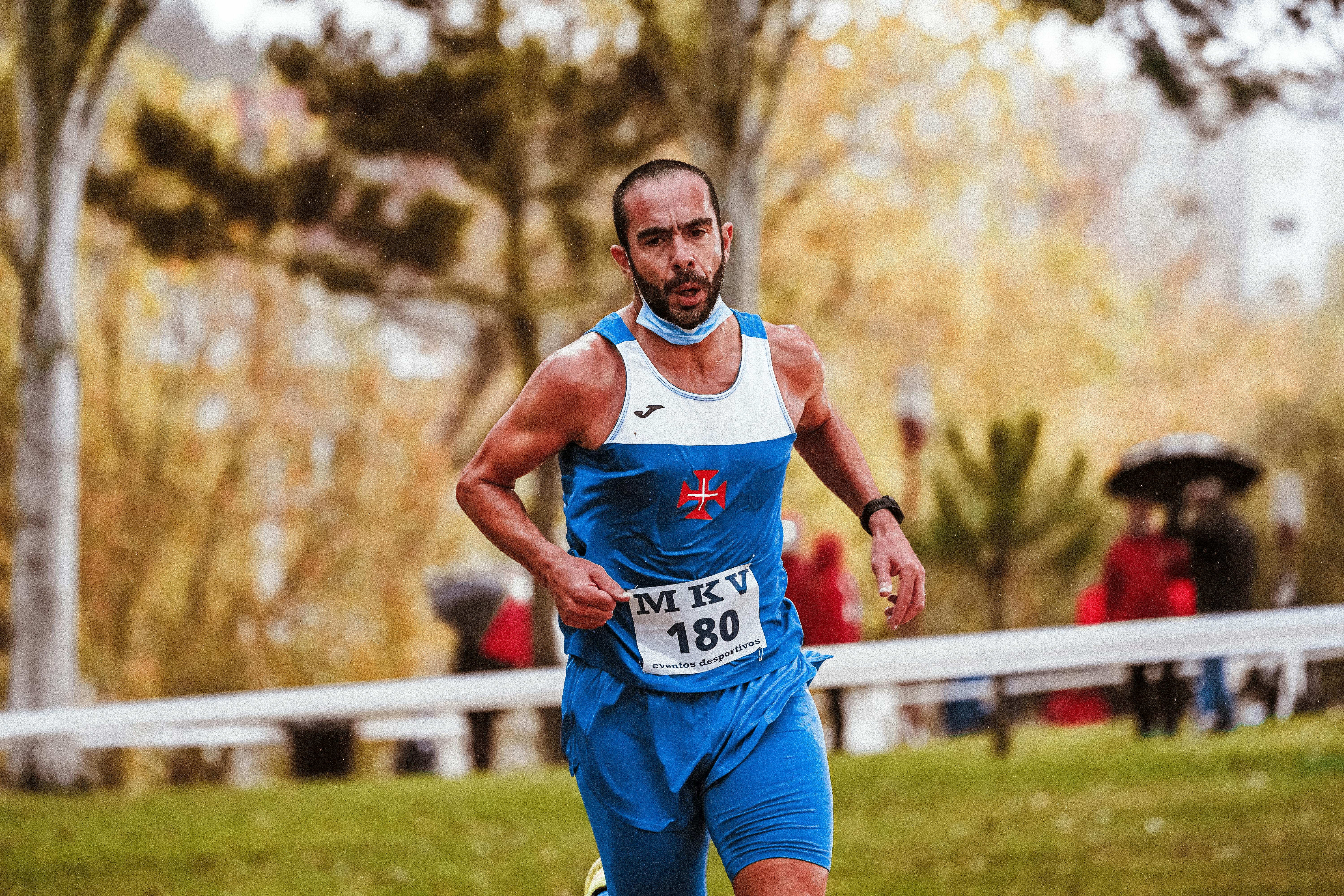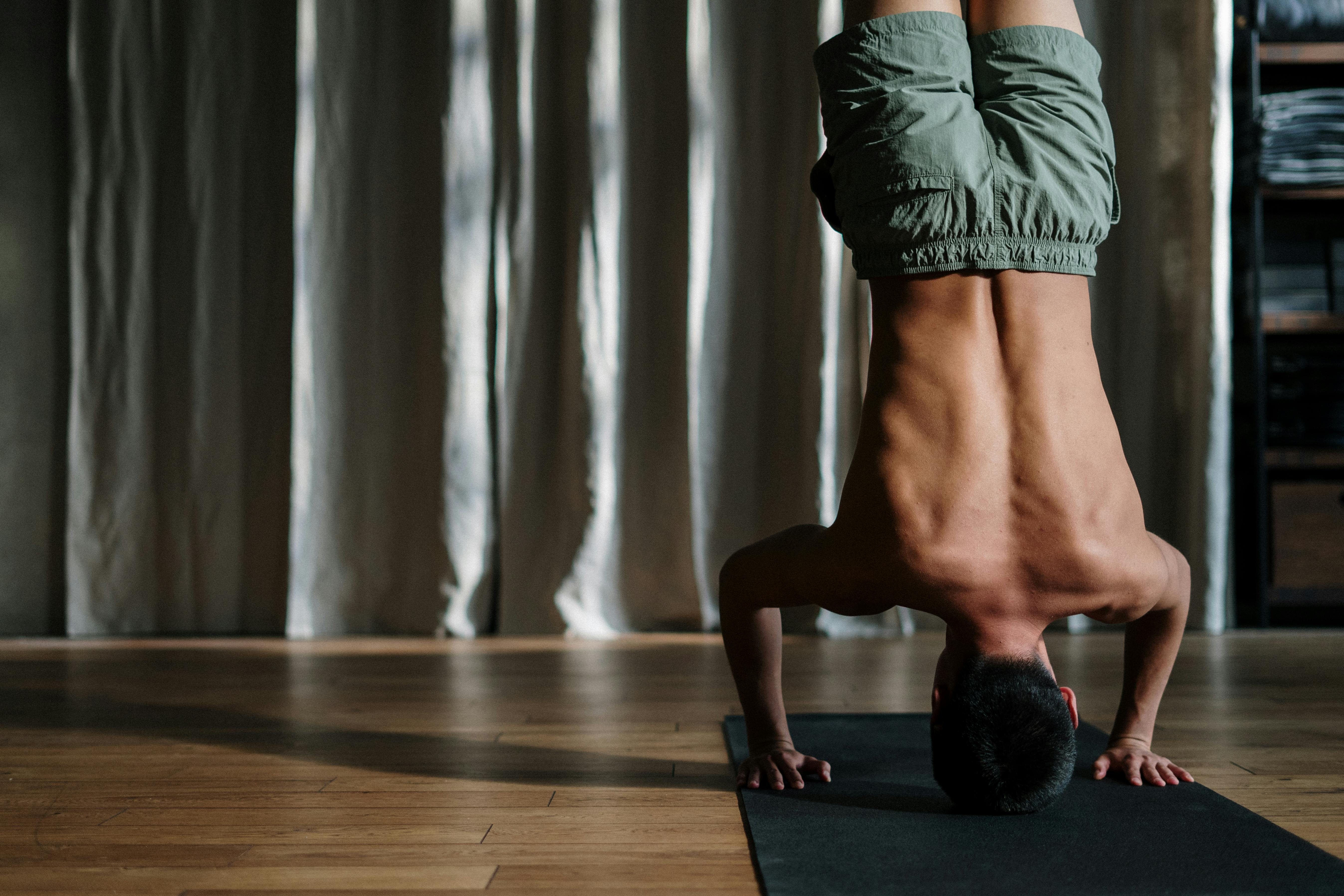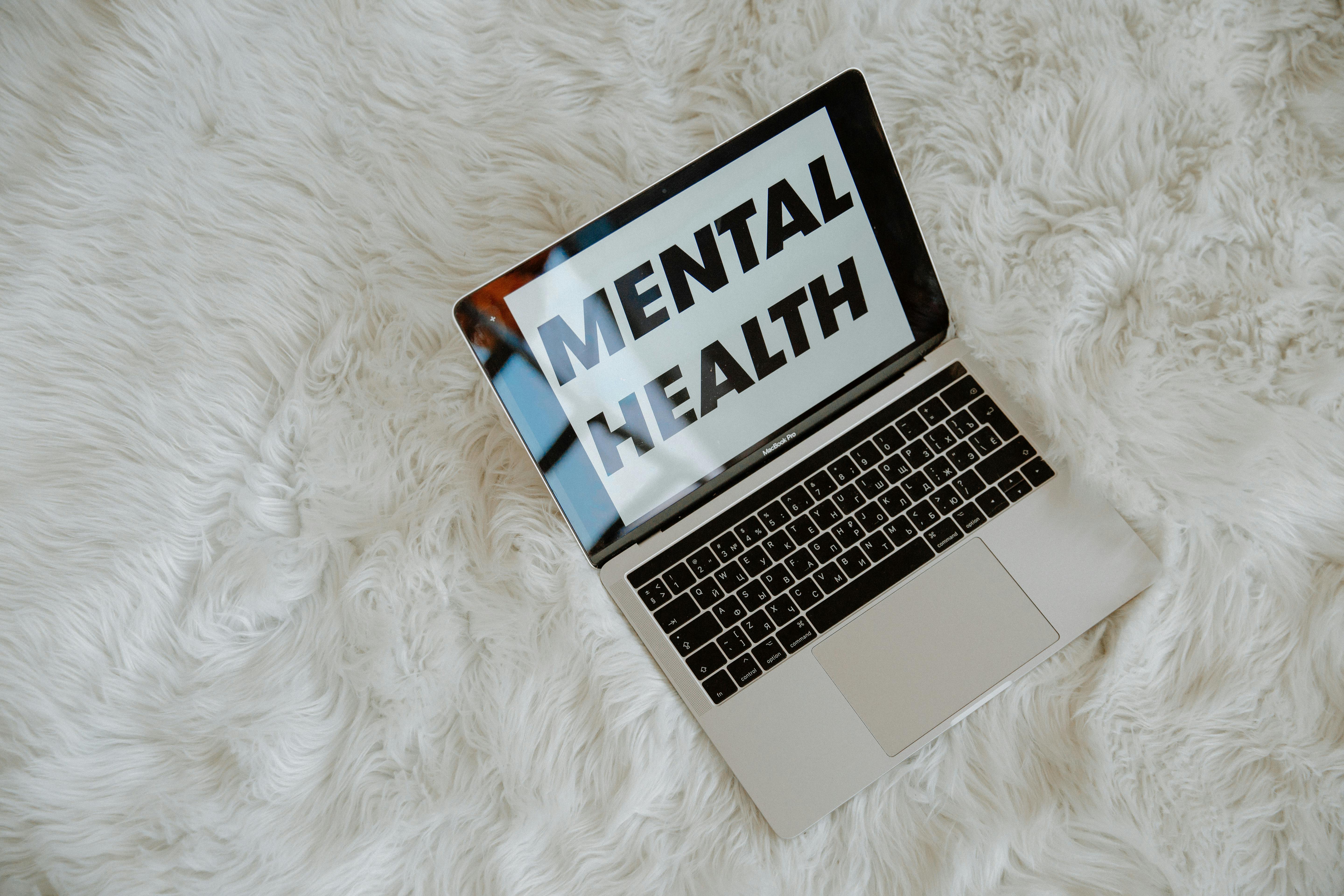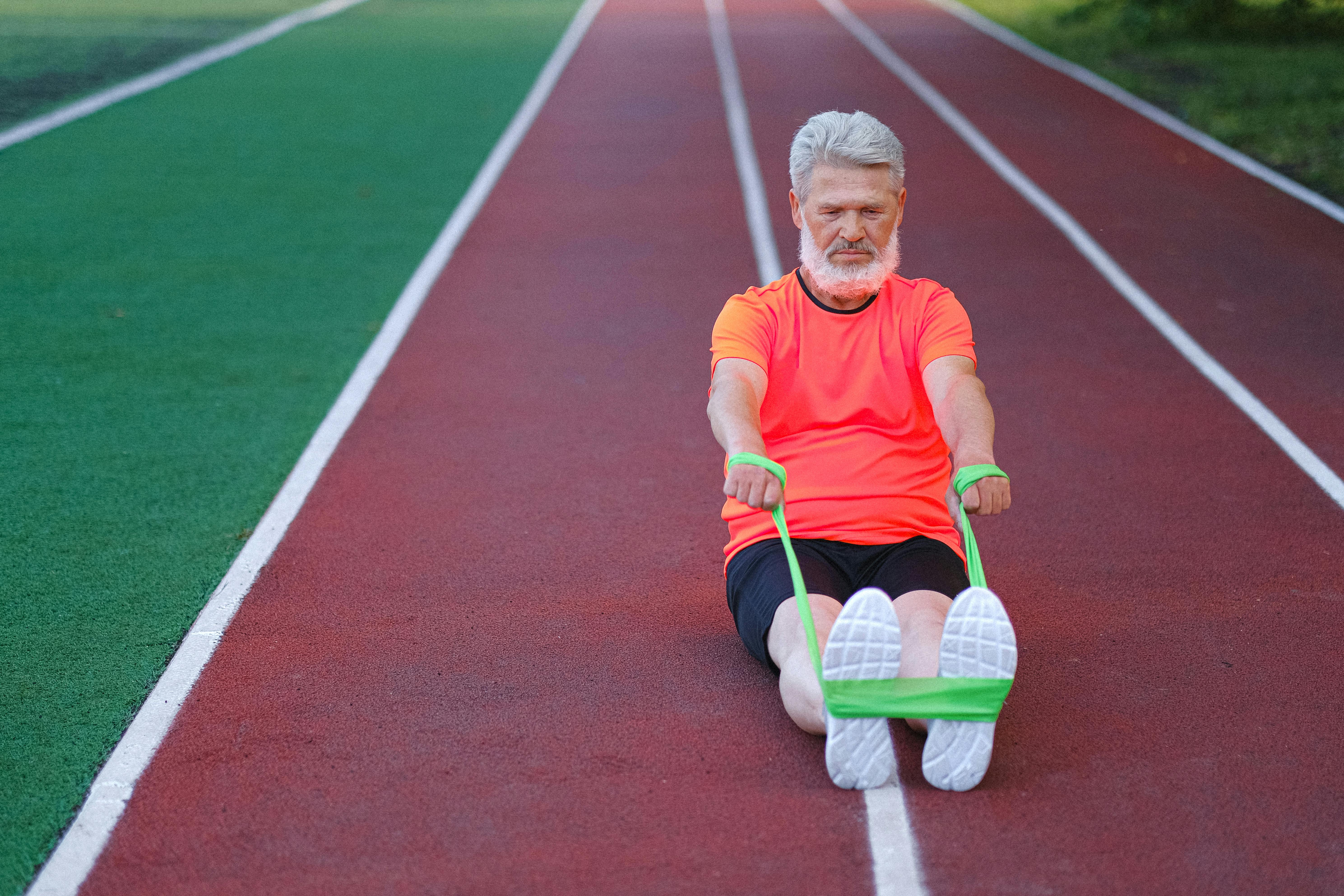Low back pain causes pain and tension in the calf muscles and the calf muscles play a very important role in the development and maintenance of low back pain. Calf muscle cramps are extremely painful and often wake people up during sleep. These cramps are a warning that there are nerve-related muscle problems that result from the involvement of the spinal nerve root in the lower back. This is usually the case if you have tight calf muscles and frequent night cramps, even if you have no complaints of low back pain or lower extremity pain.
There are three calf muscles, two of them are called the gastrocnemius muscles (internal and external muscles known respectively as medial and lateral) and the third is called the soleus muscle.
The gastrocnemius arises from the lower part of the femur, just above the knee. The soleus muscle arises from the leg bones known as the tibia and fibula and does not cross the knee joint. All three muscles attach to the heel bone through the heel cord. The tibial nerve supplies mainly fibers from the S1 nerve root to the internal (medial) gastrocnemius muscle and the L5 nerve root fibers to the external (lateral) gastrocnemius muscles and mainly S1 nerve fibers to the soleus.
The gastrocnemius and soleus muscles are primarily responsible for bending the ankle and foot down so that the toes point toward the ground. However, when the foot is flat on the ground, such as sitting, squatting, or squatting, the gastrocnemius muscles can bend the knee but not the soleus. Those who have tension in the calf muscles will find that they cannot place their heels flat on the floor.
During ambulation, people with tight calf muscles are unstable and prone to falls, as there is difficulty hitting the ground with the heel. They also have difficulty with the pushing phase of ambulation. The only muscle that is active during relaxed standing is the soleus. It is responsible for stabilizing the leg so that the weight line can fall in front of the knee. Otherwise, the knee may bend.
Tight calf muscles play an important role in causing and aggravating lower back pain due to increased stress on the lower back muscles. Since these calf muscles are chronically tight, it is very difficult to try to reduce or release the spasms within these muscles. In addition, there is also nerve-related muscle tension and weakness in these muscles due to the presence of aging of the L5 and S1 spinal nerve roots.
To make matters worse, the muscles that lift the foot and ankle off the ground in the front of the leg are chronically weak. The weakness is primarily of nervous origin, as these muscles are innervated by the L5 nerve root, which is the most commonly injured nerve root. The injury or irritation is due to the presence of degenerative arthritis of the spine, slipped disc, bulging disc, etc. The fibers of the L5 nerve root are mainly transported through the peroneal nerve, which is also vulnerable to trauma from the usual crossing of the knees and / or ankles, further weakening the dorsiflexors of the foot and ankle.
Therefore, to treat calf muscle tension, the muscles in the front of the leg called the dorsiflexor foot and ankle muscles must be treated before treating the calf muscles. The dorsiflexor muscles of the foot and ankle are chronically subjected to prolonged contractions during ambulation. Therefore, selective activation of these muscles is necessary by inducing shortening contractions. Walking on the heels is one of the ways to induce shortened contractions of the dorsiflexors of the foot and ankle.
The optimal treatment for tight calf muscles cannot be isolated just to treat the calf muscles symptomatically. Treatment should include treating the main cause of the stress, which is spinal nerve root problems mainly at the L5 and S1 levels.
It is necessary to treat all related muscles that are continuously subjected to prolonged contractions. The return of strength to these muscles is achieved by shortening the contractions. Treatments should include treatment of the extensor muscles of the spine, gluteus maximus, adductor magnus, tensor fascia lata, rectus femoris, and dorsiflexors of the foot and ankle. Selective activation of these muscles is most effective through stimulation of motor points with the eToims contraction relief method.
http://technorati.com/tag/lower+back+pain
© 2007 copyright http://www.stopmusclepain.com lumbar pain | the role of the calf muscles




